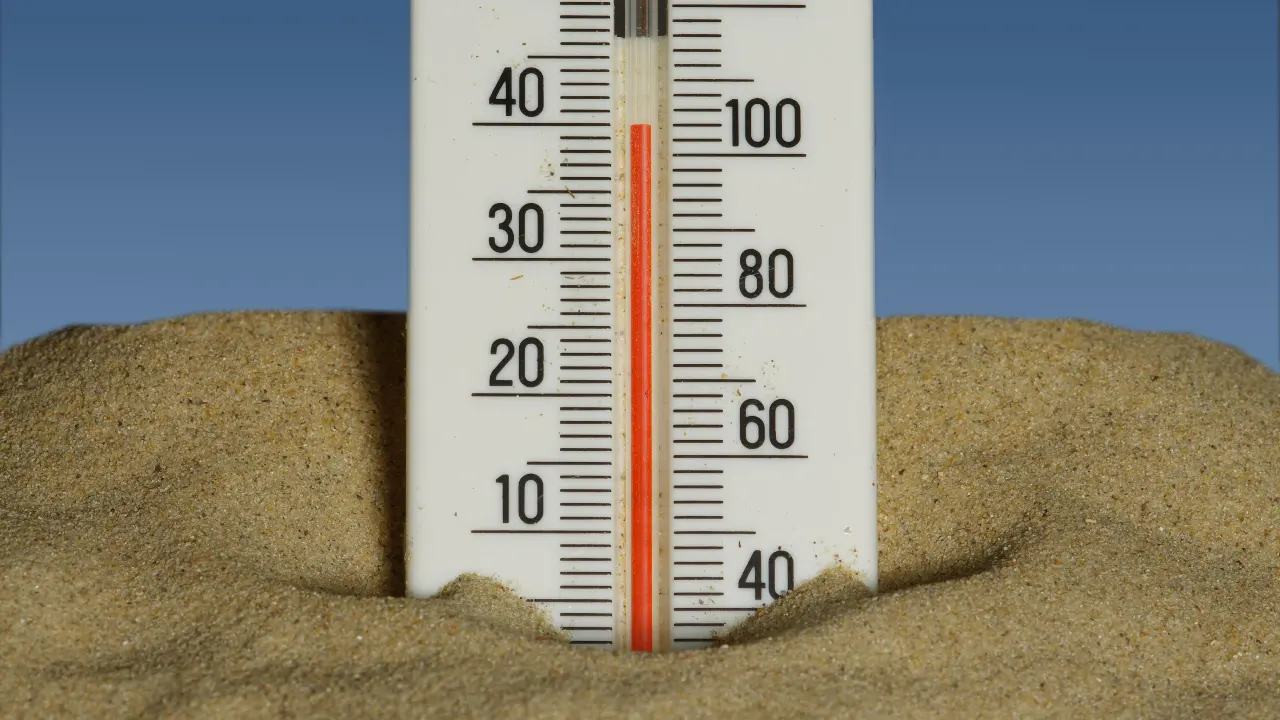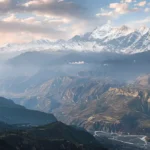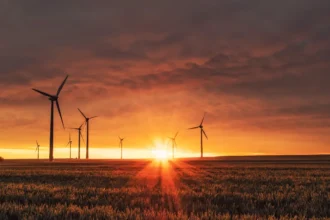Have you ever wondered what happens when a week of hot weather turns into two months of scorching heat? This frightening reality is heading toward India, according to climate scientists who have issued urgent warnings about the country’s future weather patterns, as reported by NDTV.
Understanding India’s Heat Wave Crisis
Climate experts are sounding the alarm about a dramatic change in how heat waves will affect India. Krishna Achuta Rao, who leads the Centre for Atmospheric Sciences at IIT Delhi, paints a stark picture of what lies ahead. He explains that heat waves which currently last about a week could stretch to six to eight weeks in the future.
This transformation means that millions of Indians will face prolonged periods of dangerous heat. The northern plains, which include states like Punjab, Haryana, and Uttar Pradesh, along with the southern peninsula covering Karnataka, Andhra Pradesh, and Telangana, will bear the heaviest burden. These regions will experience heat waves that cover much larger areas than ever before.
What makes this situation even more alarming is the possibility of heat waves occurring during monsoon months. Traditionally, monsoons bring cooling relief to India, but climate change is disrupting this natural pattern. Rao warns that these heat waves will be particularly dangerous because they combine high temperatures above 40 degrees Celsius with humidity, creating unbearable conditions.
The Science Behind Longer Heat Waves
The scientific evidence supporting these predictions comes from advanced climate models and recent observations. Farooq Azam, a senior ice and snow expert at ICIMOD, points to rapid glacier melting as a key indicator of these changes. The year 2022 recorded the most negative glacier mass balance, which means glaciers lost far more ice than they gained.
Scientists from the Intergovernmental Panel on Climate Change have been tracking these patterns closely. Their research shows that rising temperatures are causing faster glacier melting in the Himalayan region, which serves as a natural water reservoir for over a billion people.
Early heat waves in March 2022 contributed to devastating floods in Pakistan, demonstrating how extreme weather events are becoming interconnected across the region.
Regions Most at Risk
- Northwestern States: Rajasthan, Punjab, Haryana, and Delhi face the highest risk due to their geographical location and existing heat patterns. These areas already experience intense summer heat, which will become more prolonged.
- Central India: Madhya Pradesh, Chhattisgarh, and parts of Maharashtra will see expanded heat wave coverage. The combination of inland location and changing weather patterns makes these regions particularly vulnerable.
- Eastern Plains: West Bengal, Jharkhand, and Bihar will experience unprecedented heat duration. These states, traditionally cooler due to their proximity to water bodies, will face new challenges as weather patterns shift.
From Glaciers to Farms: The Water-Food Connection
The glacier melting crisis creates a complex water problem for India. Initially, there will be more floods as glaciers release excessive water until around 2050. However, after this peak, water shortages will become severe and widespread.
Agriculture faces a double threat from these changes. Prolonged heat waves during monsoon months will severely damage crops, reducing yields when farmers most need good harvests. Additionally, increased irrigation costs will burden farmers financially, while water scarcity will make farming increasingly difficult.
Looking ahead, India must prepare for a fundamentally different climate reality. The combination of longer heat waves, changing monsoon patterns, and water resource challenges will require unprecedented adaptation strategies. How will India’s billion-plus population adapt to these dramatic environmental changes?











